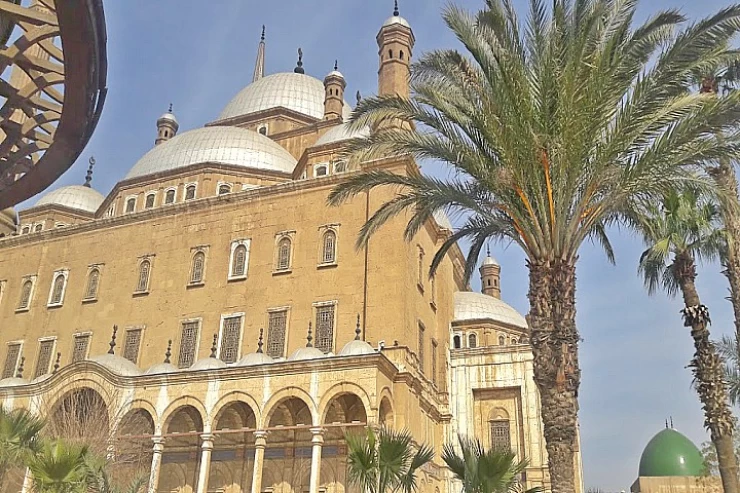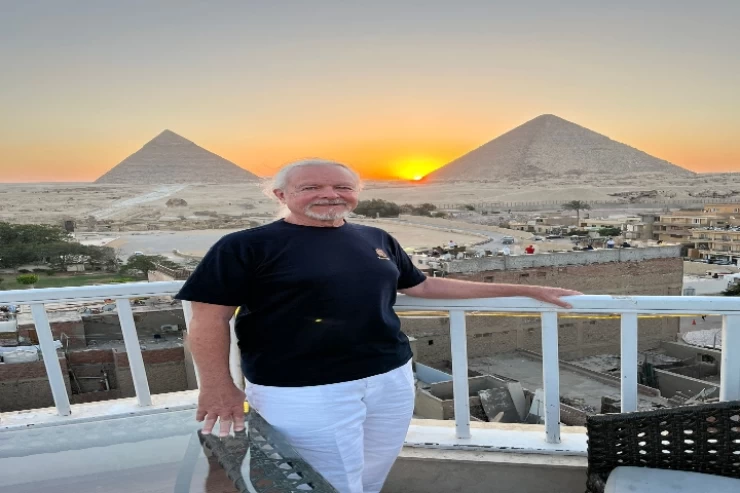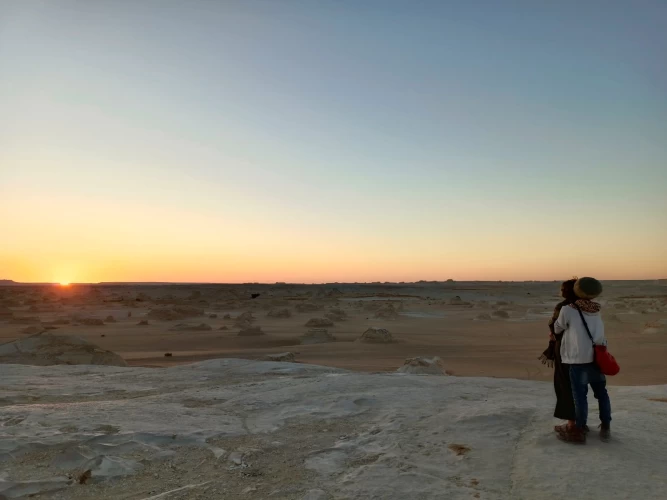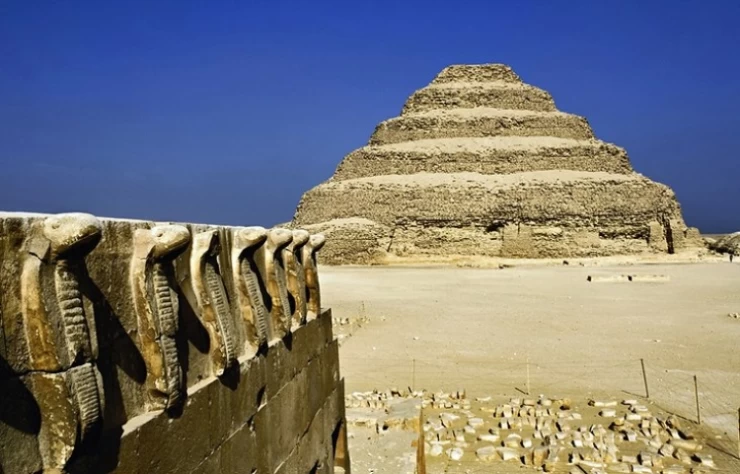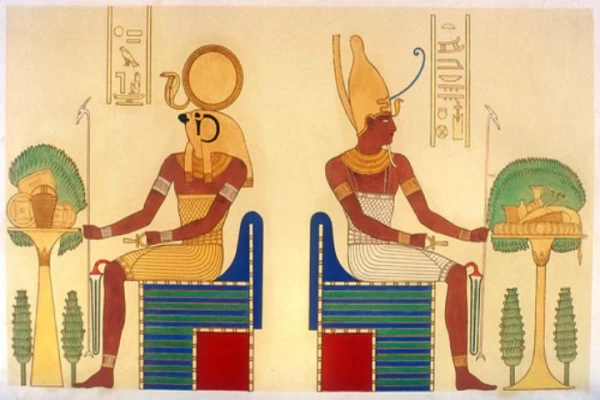
The Pharaonic Era
The Pharaonic Era
A few hunters in continuous movement flowed gradually along the river with the gradual transformation of the outermost lands into the arid sands of the desert.
Agriculture had developed by 5,000 BC, while the population had settled in villages. Two distinct political regions gradually emerged: Lower Egypt, in the Nile delta, and Upper Egypt, along the green corridor of the river.
Around 3,000 BC Upper Egypt occupied the neighboring lands to the north, unifying the nation and starting the 1st dynasty. The pharaohs of this early period, revered and almost unattainable to the Egyptian people, were considered gods. During the III dynasty, Zoser had the Step Pyramid built, the first of numerous magnificent monuments that would have risen in Futuro.
Egyptian culture flourished during the 4th dynasty, a period of solidity and prosperity, which opened the first great age, the Old Kingdom. The pyramids of Giza and the Sphinx, which depict the face of King Khafre, are the result of unparalleled skillful architectural feats. In addition, commerce and fine arts flourished and a group of people began to use written language, expressed through hieroglyphs.
During the Fifth Dynasty, the pharaoh began to lose his aura of authority with the gradual development of the Sun cult, which weakened the power of the crown. With the end of the VI dynasty, the nobility expanded and became independent, closing the era of the Old Kingdom period, one of the most flourishing periods of Ancient Egypt.
Latest Articles
Admin
Seabourn Sojourn Cruise Stops in Safaga Port
The Seabourn Sojourn, the flagship vessel of Seabourn Cruise Line's ultra-luxury fleet, was built in 2008 at the T. Mariotti shipyard in Genoa, Italy. Measuring 198 metres, it can accommodate up to 450 guests in its 225 spacious all-suite staterooms.
Admin
Norwegian Sky Cruise Stops in Safaga Port
Norwegian Cruise Line operates a cruise ship called the Norwegian Sky. It was constructed in 1999 and can accommodate 2,004 passengers in addition to 878 crew members. The ship has several dining establishments, lounges and bars, a spa and fitness center, swimming pools, and a number of entertainment areas.
Admin
Explora II Cruise Stops in Safaga Port
Explora II, the second vessel in the Explora Journeys fleet, sets sail in 2024 to redefine luxury cruising. With 461 ocean-front suites, 9 culinary experiences, and 4 pools, this haven of sophistication and sustainability promises an unforgettable "Ocean State of Mind" journey to inspiring destinations.
Admin
Mein Schiff 6 Cruise Stops in Safaga Port
The Mein Schiff 6 is the latest cruise ship in the renowned TUI Cruises fleet, offering passengers a luxurious and sophisticated cruise experience. At 315 metres long, this floating resort features a range of dining options, entertainment, and recreational facilities, including a spa, fitness centre, and sports amenities.
Admin
Mein Schiff 4 Cruise Stops in Safaga Port
When the Mein Schiff 4 cruise ship docks in Safaga, Egypt, passengers are granted access to a realm of ancient wonders. Aboard this state-of-the-art vessel, guests can embark on meticulously curated shore excursions that showcase the region's most iconic landmarks, including the Giza Pyramids, the enigmatic Sphinx, and the remarkable tombs and temples of the Valley of the Kings in Luxor.
Admin
MS Europa Cruise Stops in Safaga Port
The Silver Moon, Silversea's latest flagship, is a luxury cruise ship that offers an exceptional travel experience for Venezuelans exploring Egypt. With a capacity of 596 guests and an impressive 40,700 gross tonnes, the Silver Moon maintains the small-ship intimacy and spacious all-suite accommodations that are the hallmarks of the Silversea brand.








